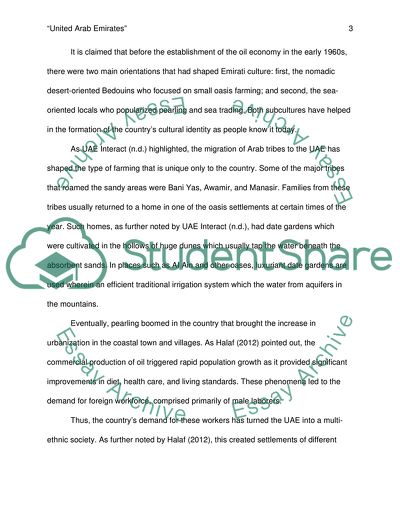Cite this document
(United Arab Emirates Culture and Society Research Paper - 3, n.d.)
United Arab Emirates Culture and Society Research Paper - 3. Retrieved from https://studentshare.org/culture/1775545-uae-culture-and-society
United Arab Emirates Culture and Society Research Paper - 3. Retrieved from https://studentshare.org/culture/1775545-uae-culture-and-society
(United Arab Emirates Culture and Society Research Paper - 3)
United Arab Emirates Culture and Society Research Paper - 3. https://studentshare.org/culture/1775545-uae-culture-and-society.
United Arab Emirates Culture and Society Research Paper - 3. https://studentshare.org/culture/1775545-uae-culture-and-society.
“United Arab Emirates Culture and Society Research Paper - 3”, n.d. https://studentshare.org/culture/1775545-uae-culture-and-society.


